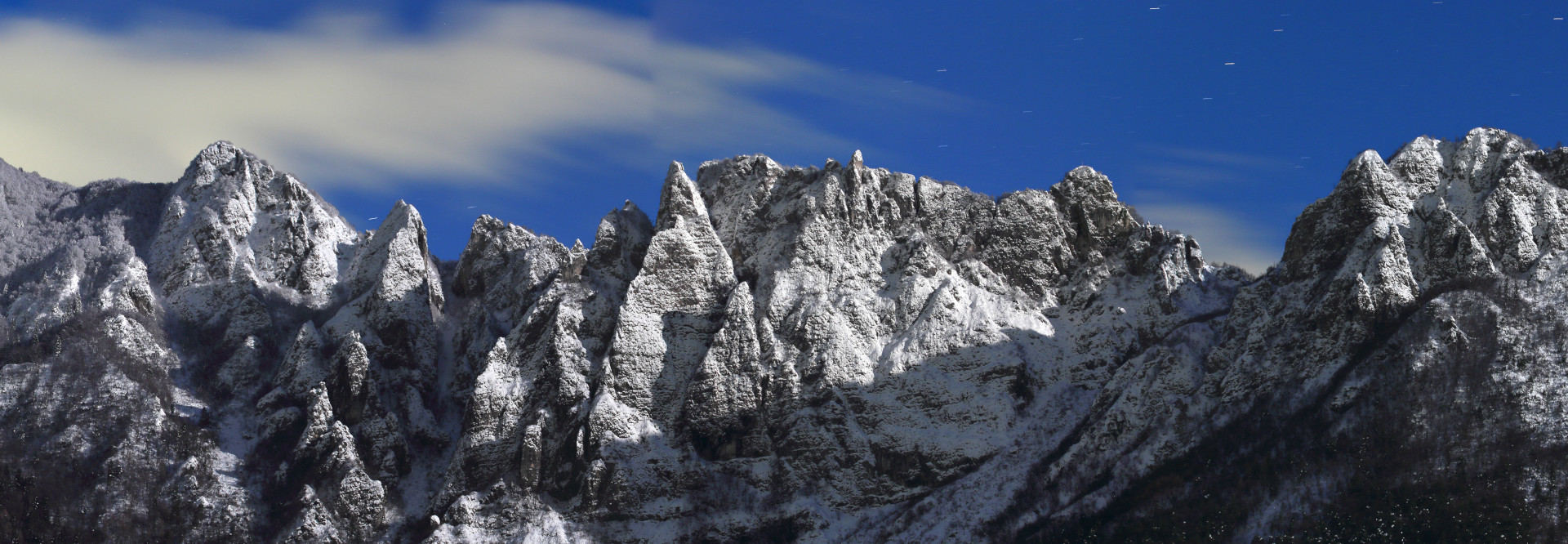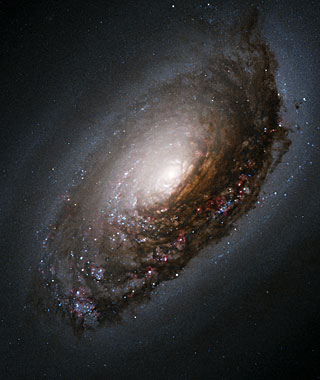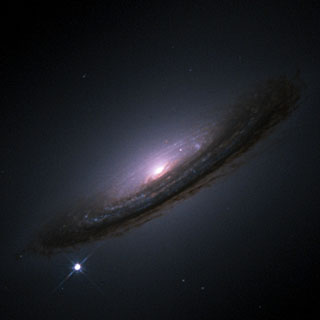Marte – Mars
Il giorno 18 di questo mese marte darà spettacolo di sè con la sua opposizione. Durante l’evento, marte non raggiungerà il diametro apparente degli ultimi anni (raggiunse il massimo nel 2001), tuttavia sarà alto in cielo e facilmente osservabile.
At the night of 18/12 mars will be in opposition with the sun. It won’t have a larger diameter than latest times (the max diameter was on 2001), but it will be higher in the sky and easier to observe.
Aspettando dopodomani, sperando che non ci siano nubi, vi lascio con qualche bella immagine di Hubble!
While we’re waiting for the day after tomorrow (I hope there won’t be clouds), I post here some Hubble Images!
Carina Nebula
Innanzitutto voglio chiedervi scusa per non esser riuscito a trovar di meglio come grandezza dell’immagine. Purtroppo, l’originale pesa il mastodontico numero di 501 Mb, e persino la mia connessione ADSL impiega un’ora per scaricarlo. Vi suggerisco comunque di dare un’occhiata alle immagini presenti sul sito www.spacetelescope.org (premi sopra l’immagine per esservi [tele]trasportato), ne vale veramente la pena!
First of all, I want to say you I’m sorry for the size of the image. The original file is 501Mb and also my ADSL connection can’t download a file like this in less than an hour. On the other hand, I suggest you to have a look at the images on www.spacetelescope.org (click on the image to be [tele]transported to that page): they are terrific!
Vivere nella regione di formazione stellare della Carena non dev’essere una bella esperienza: un continuo viavai di stelle che nascono, che mouiono, di pezzi di nebulosa sbattuti da ogni parte e, in più, la costante e inquietante presenza di eta Carinae pronta a esplodere da un momento all’altro…
Living in the formig star region of Carina wouldn’t be a nice experience: there are borning stars, dying stars, parts of nebula that are shaked, and the worrying presence of Eta Carinae, which’s ready to explode.
Carina Nebula – Dettagli
Quando gli astronomi hanno assemblato le 48 foto di Hubble e hanno visto il risultato, saranno usciti a farsi un giro per Garching, e così, al ritorno, un po’ betrunken, hanno iniziato a vedere strane cose nell’immagine appena ottenuta e a dare a queste strane cose nomi ancora più strani. Ad esempio, hanno chiamato il pezzo di nube che vedete al centro “bruco”. Forse sarebbe il caso di spostare l’archivio di Hubble più distante da Monaco? 🙂
I think that when astronomers merged the 48 Hubble photos and saw the result, they went for a walk in Garching, and so, when they come back, a little betrunken, they started seeing some strange things in the image and giving them stranger names. For example, they called the little piece of nebula in the middle “caterpillar”. Maybe it would be a good idea to move the general Hubble’s archive a little further from Munich, don’t you think so? 🙂
Penso di aver esercitato abbastanza il mio inglese per oggi, ci vedremo presto con nuove immagini di Hubble!
I think I’ve trained my english enough today! We’ll see soon with new images!











